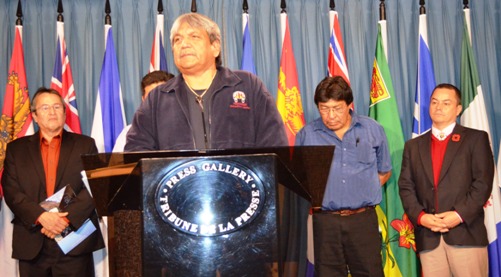The Vancouver Sun, a broadsheet daily paper first published in 1912, has the largest circulation in the province of British Columbia.
Resource boom holds potential to set all Canadians, aboriginal or non-aboriginal, on a more promising path
Ken Coates is Canada research chair in regional innovation at the University of Saskatchewan and Brian Lee Crowley is managing director of the Macdonald-Laurier Institute, a public policy think-tank in Ottawa.
Regardless of short term ups and downs, Canada’s resource economy is booming as never before. Industrialization and urbanization, chiefly in Asia, will be the unstoppable engine driving the world’s appetite for our resources. This should be an opportunity not just for all Canadians, but especially for many aboriginal Canadians who inhabit the land surrounding the mining and energy projects under-way or planned across the mid and far North.
In fact, this new resource-based wealth could be the key to progress in ending the shameful plight of too many first nations people in Canada. To do so, however, we are going to have to change behaviour and expectations on both sides of the aboriginal/non-aboriginal divide. Happily, far from being a distant and improbable prospect, we can already discern the new shape of the relationship.
Indigenous conflict with resource developers is hardly new. Since the arrival of Europeans, mass evictions, pollution and social turmoil related to resource wealth have been facts of indigenous history.

























